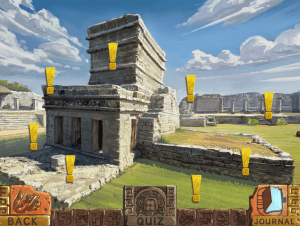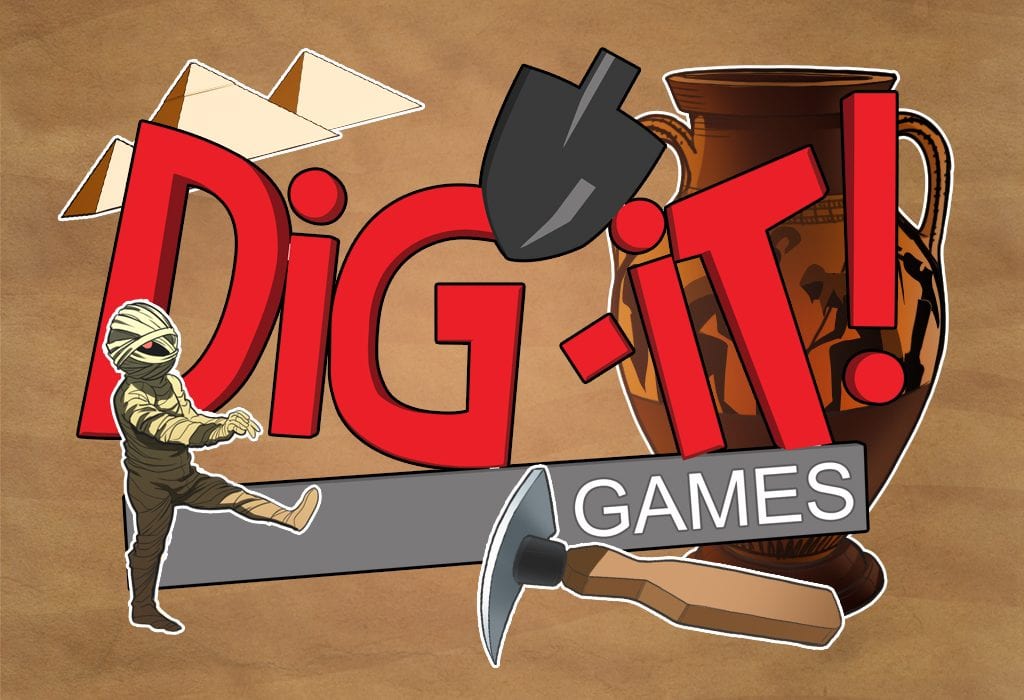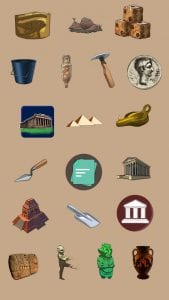World History Explored Through Video Games
It makes sense that real world events have served as inspiration for many books, movies, and shows. After all, history is a story itself. Video games are no exception to using history as setting or plot, and they can be incredible ways to give detailed looks at ancient civilizations from Egypt to Mesoamerica. Check out this list of video games inspired by the history of the world!
Explore Ancient Egypt
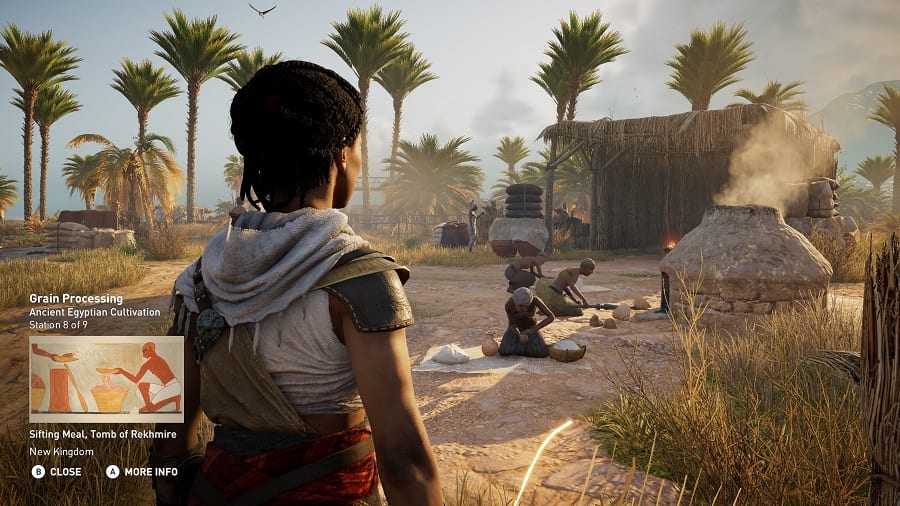 Ubisoft
Ubisoft
Assassin’s Creed Origins is the latest entry in the long-running Assassin’s Creed series from developer Ubisoft. However, it differs from previous installments thanks to the recent edition of the Discovery Tour. This mode allows the player to simply explore its Ancient Egyptian setting as either a character from the game or as a historical figure like Julius Caeser or Cleopatra.
The mode includes 75 guided tours that were crafted by Egyptologists and covers everything from the Great Pyramids to the daily lives of the citizens of Alexandria. Your character can even participate in the activities of the locals to truly understand how the people lived.
Discovery Tour launched on February 20, as a free update for owners of Assassin’s Creed Origins. You can purchase it as a standalone title for $20 as well.
Discover Mesoamerican Ruins
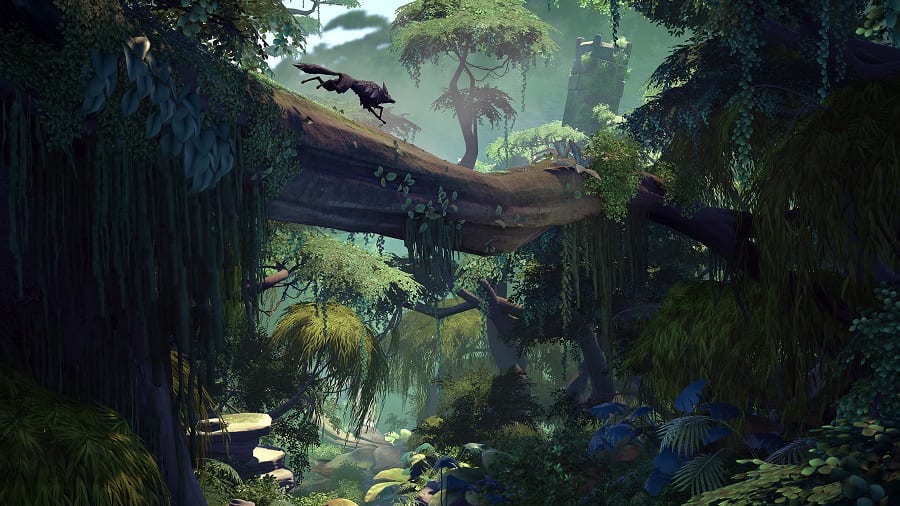 Mooneye Studios
Mooneye Studios
While heavily fictionalized, Lost Ember is an upcoming game that will allow players to explore Mesoamerican ruins. The developer based the world on the history of the Inca and Maya civilizations. The player takes the form of a wolf who can inhabit other animals. This game emphasizes the diverse wildlife of Mesoamerica.
As players discover new ruins, they also learn more about this ancient civilization. While it will feature its own fictional civilization, the idea of archaeology giving insight into ancient life is very real. Comparing and contrasting the civilization of Machu Kila with the real Mayan and Incan civilizations could also be an interesting activity.
Lost Ember is yet to be released, but you can find out more about it on the Mooneye Studios website.
Understand Greek Myths
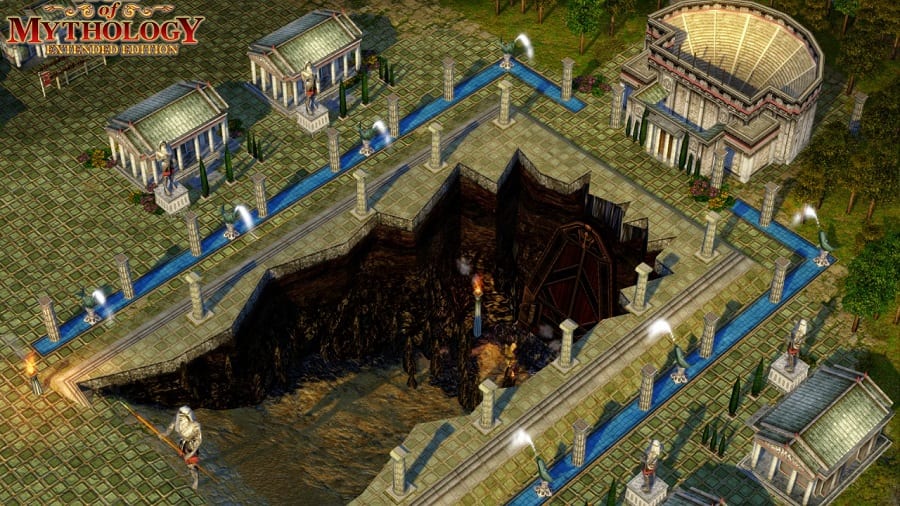 Microsoft Studios
Microsoft Studios
Greek mythology inspires many stories in books, movies, and games. Even Rome and Byzantium based their own myths on the Greek gods. Age of Mythology from Microsoft Studios is one such game which covers Greek myths as well as Egyptian and Norse myths.
Through its story, Age of Mythology lets players experience the fabled city of Atlantis, fight the Trojan War, and accompany Odysseus on his adventures. The gods and goddesses play an important role as well as different cities focus their worship on different gods, just as they did in ancient times. While the game is certainly not education-focused, it can get kids interested in the myths of Greece.
Age of Mythology is an older game, but it’s still available to buy through Steam. Find out more on its website.
Let Your Students Discover World History Through Educational Video Games
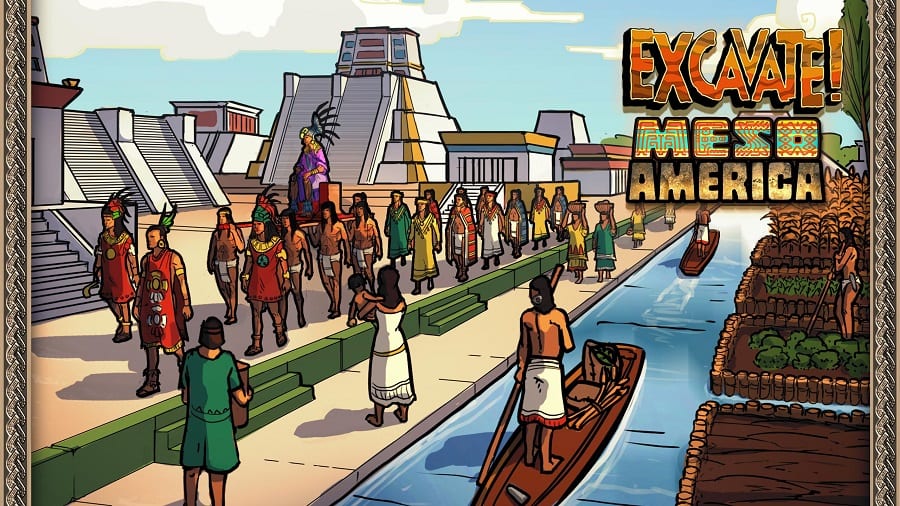
These entertainment-focused video games aren’t the best for classroom learning. For that, look no further than our Excavate! series of games. Our six civilizations cover a wide variety of world history curriculum. Put your students in the shoes of archaeologists and let them enjoy C3-aligned gameplay.
In Excavate! Egypt, students analyze artifacts from Giza, Alexandria, Karnak, and the Valley of Kings to understand the lives of ancient Egyptians. Excavate! Mesoamerica features sites from the Mayan, Incan, and Aztec civilizations and explores each unique culture. Meanwhile, Excavate! Greece compares and contrasts Athens and Sparta while also letting students learn religion at Delphi and sports at Olympia. Our other civilizations include Rome, Mesopotamia, and the Byzantine Empire.



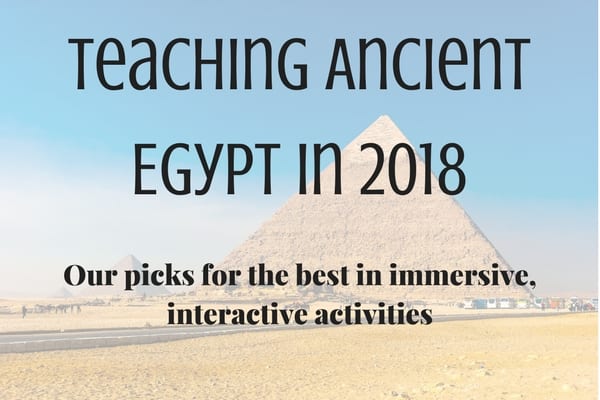

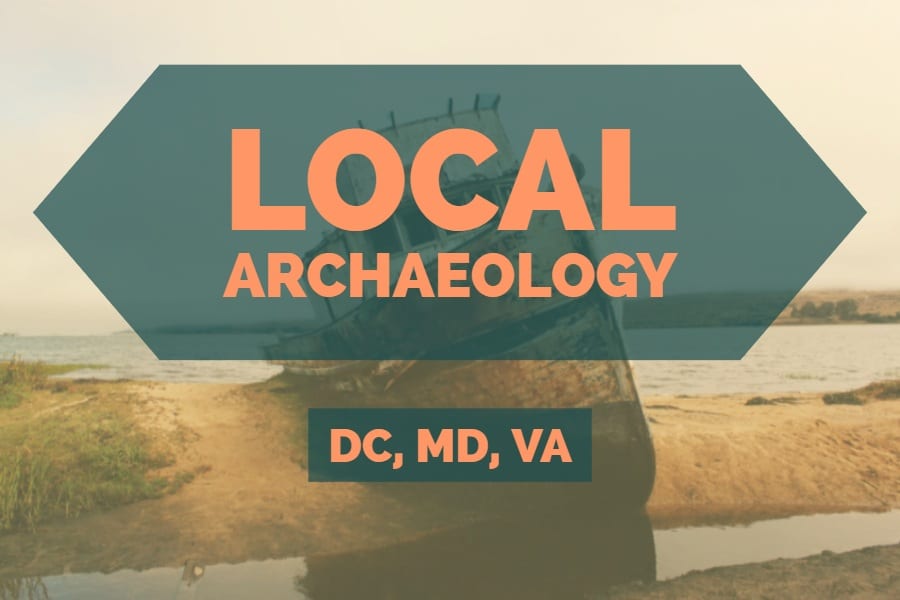
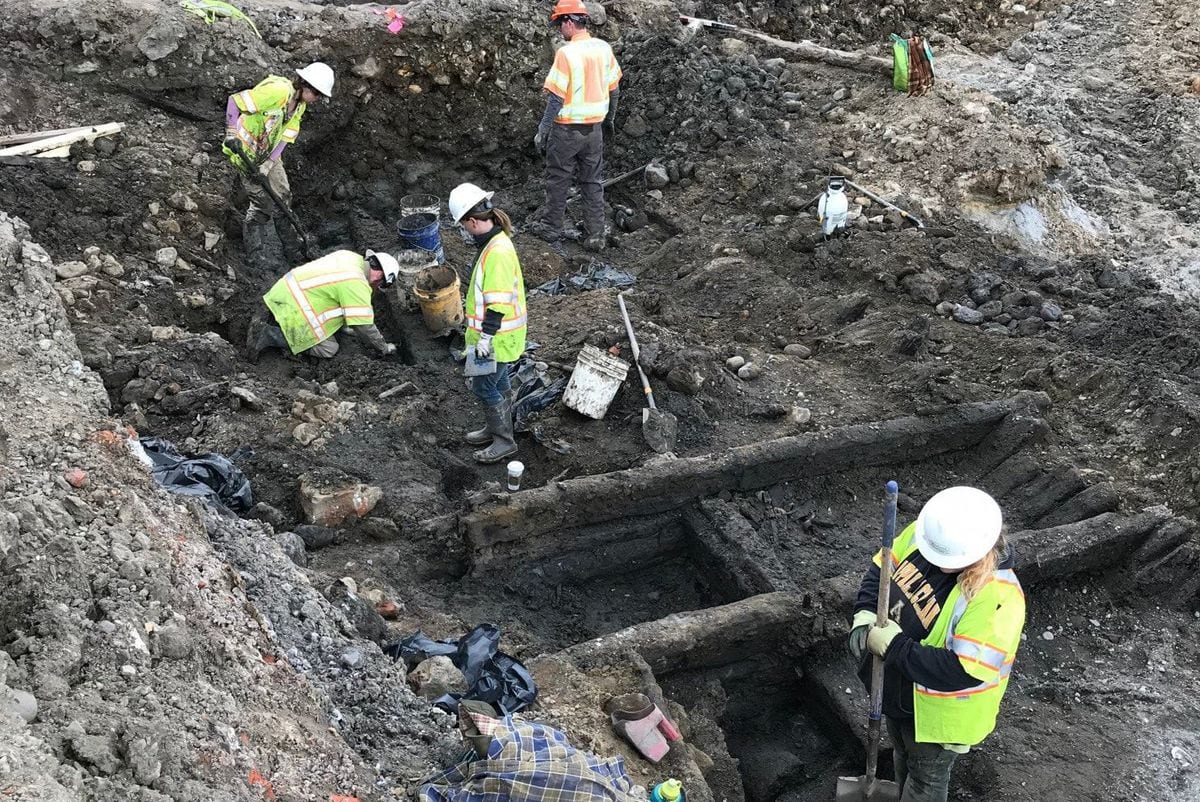

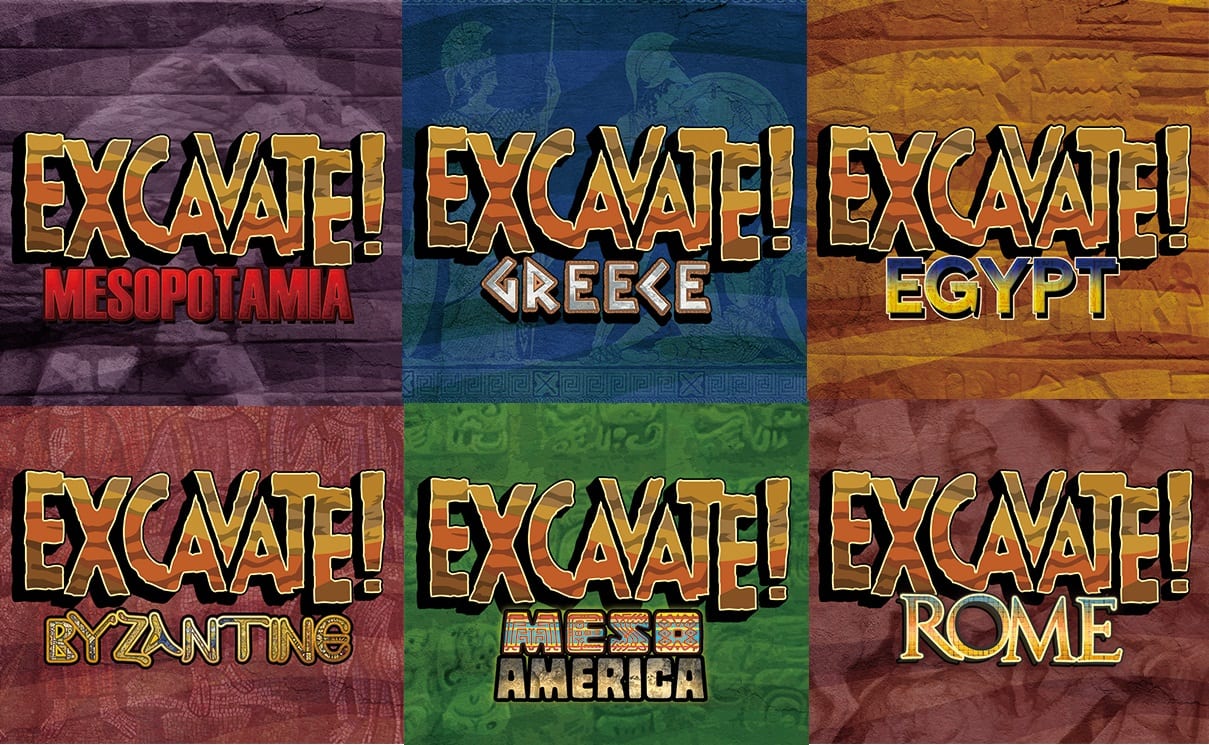
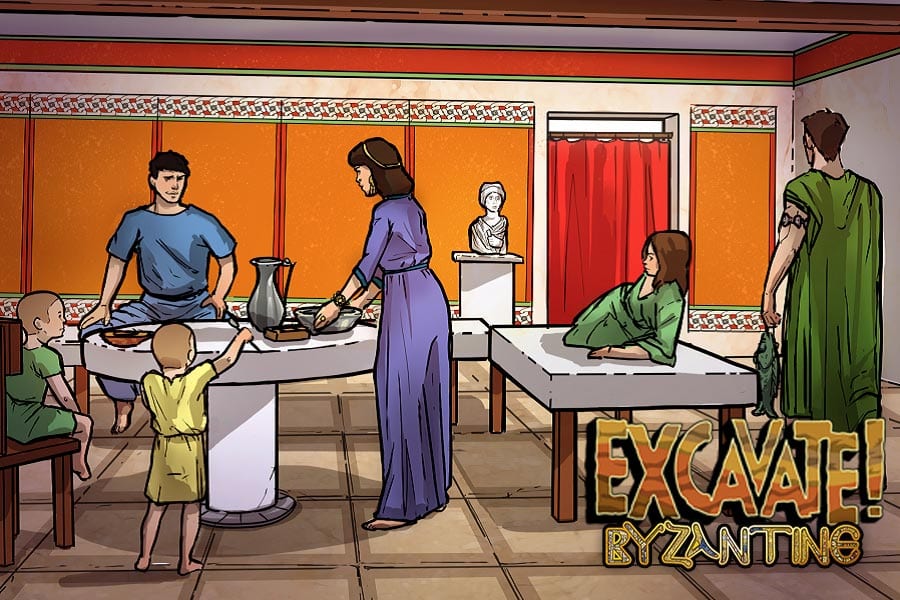
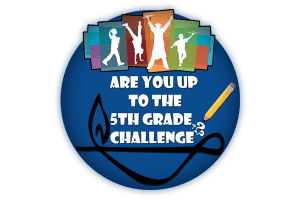

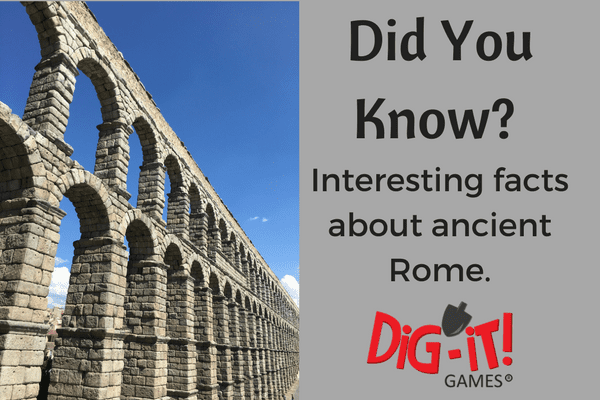
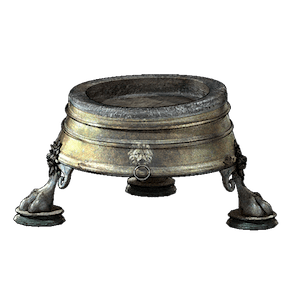 Gladiator Recovery Shake
Gladiator Recovery Shake Baths Are for More than Bathing
Baths Are for More than Bathing Second Floor with a View
Second Floor with a View For the Birds
For the Birds



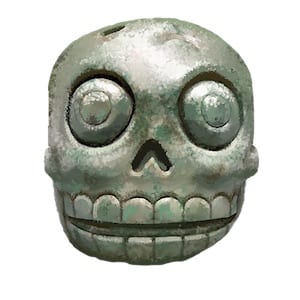
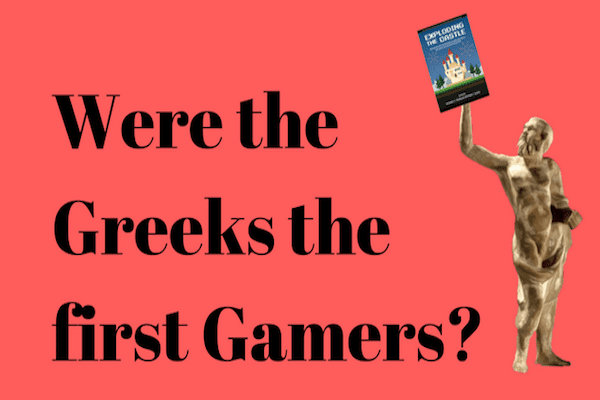
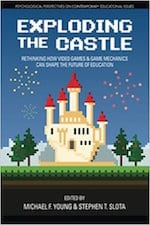


 Picture this: A child seated by himself reading a book under a tree’s shade on a hot summer day. A hundred feet away, under the shade of another tree, is another child seated by herself playing a video game on a tablet. In Everything Bad is Good for You, Steven Johnson argues that there is an inherent bias in promoting the reader’s activity as enrichment while deriding the gamer’s activity as wasting time.
Picture this: A child seated by himself reading a book under a tree’s shade on a hot summer day. A hundred feet away, under the shade of another tree, is another child seated by herself playing a video game on a tablet. In Everything Bad is Good for You, Steven Johnson argues that there is an inherent bias in promoting the reader’s activity as enrichment while deriding the gamer’s activity as wasting time. of the game, accomplishing short term and long term goals, and depending on the game, may very well be interacting with other players in creating and reimagining the world in which they inhabit. Johnson argues that this may potentially be more intellectually rigorous…but it all depends on the content and the structure of the game.
of the game, accomplishing short term and long term goals, and depending on the game, may very well be interacting with other players in creating and reimagining the world in which they inhabit. Johnson argues that this may potentially be more intellectually rigorous…but it all depends on the content and the structure of the game.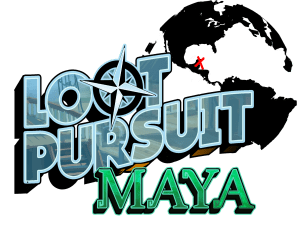 We here at Dig it™ are proud of our
We here at Dig it™ are proud of our 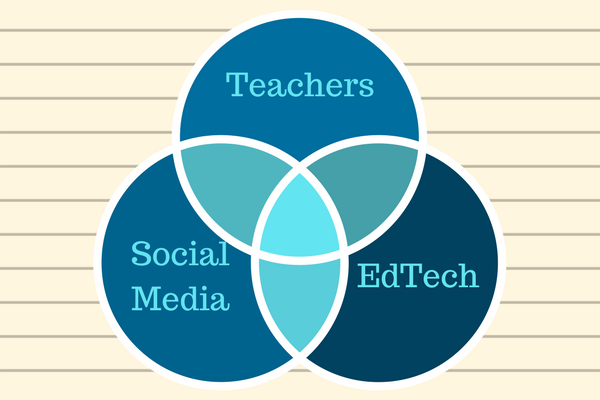

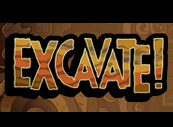 Today signals the beginning of a long-awaited break for many teachers. I am less than a year removed from the classroom and I can still feel the excitement of having a few days off and coming back for what will be the home-stretch of the school year. I know that some of you will not touch anything related to teaching during this break and I know that some of you will be doing lesson plans at some point.
Today signals the beginning of a long-awaited break for many teachers. I am less than a year removed from the classroom and I can still feel the excitement of having a few days off and coming back for what will be the home-stretch of the school year. I know that some of you will not touch anything related to teaching during this break and I know that some of you will be doing lesson plans at some point.
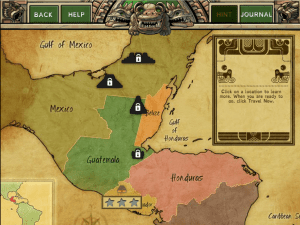 It’s the bright spot at the end of a long, gray winter for millions of Americans – Spring Break. If you are looking for sunshine and clear, blue water then look no further than the Caribbean coast of Mexico. Cancun, Riviera Maya, and Tulum all are very popular locations for an amazing getaway. What most people don’t know is that this area is also incredibly rich in history and culture and offers a chance to explore an ancient civilization. Get a head start on that exploration by playing our games featuring ancient Maya!
It’s the bright spot at the end of a long, gray winter for millions of Americans – Spring Break. If you are looking for sunshine and clear, blue water then look no further than the Caribbean coast of Mexico. Cancun, Riviera Maya, and Tulum all are very popular locations for an amazing getaway. What most people don’t know is that this area is also incredibly rich in history and culture and offers a chance to explore an ancient civilization. Get a head start on that exploration by playing our games featuring ancient Maya!
